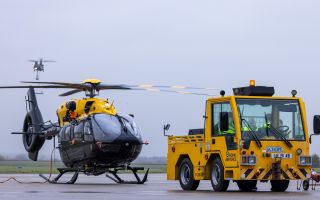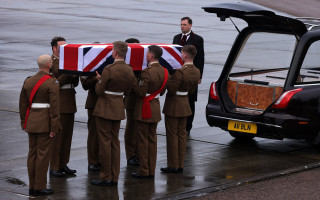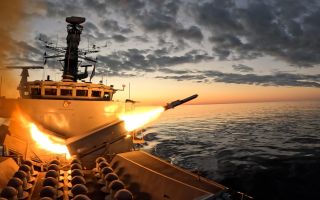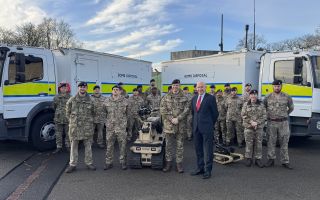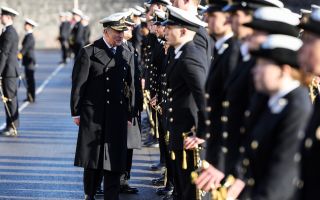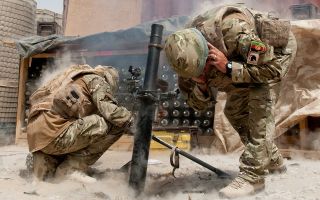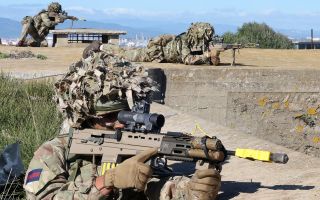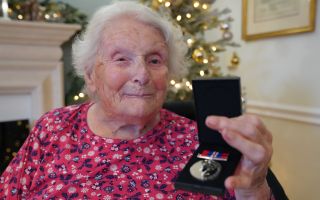Welcome to the jungle: Meet the Army's newly trained army of battlefield life savers
In a tiny sweaty room, in a corner of Merville Barracks in Colchester, decked out with jungle foliage and vents pumping out steam, a mortarman performs a procedure on a mock casualty.
He pokes a long needle into his chest to release pressure on the lungs and heart.
He is not a medical specialist. He is one of the Army's newly trained Combat Life Savers.
Bridging the gap in battlefield care
The enhanced Combat Life Saver (CLS) role bridges the gap between the basic first aid training given to all soldiers and the advanced medical skills of combat medics.
The new position replaces and upskills the old Team Medic role.
The aim is to empower the first people on the scene of an injury to begin immediate, potentially life-saving treatment before medical teams arrive or they can be moved to medical facilities.
Among the first to complete the training is Lance Corporal Molly Rafferty, a member of the Royal Military Police.
"It's a lot of information all at once, but rather than being PowerPoints, it's more first-hand so you actually learn how to do it. It's quite helpful for us because we see people on their worst days," she told BFBS Forces News.
"If they need help, we can now give it."
Training and equipment
Combat Life Savers will be issued with the new Individual First Aid Kit (IFAK). On operations, they will also carry pill packs containing pain relief, including fentanyl, antibiotics and other essential supplies.
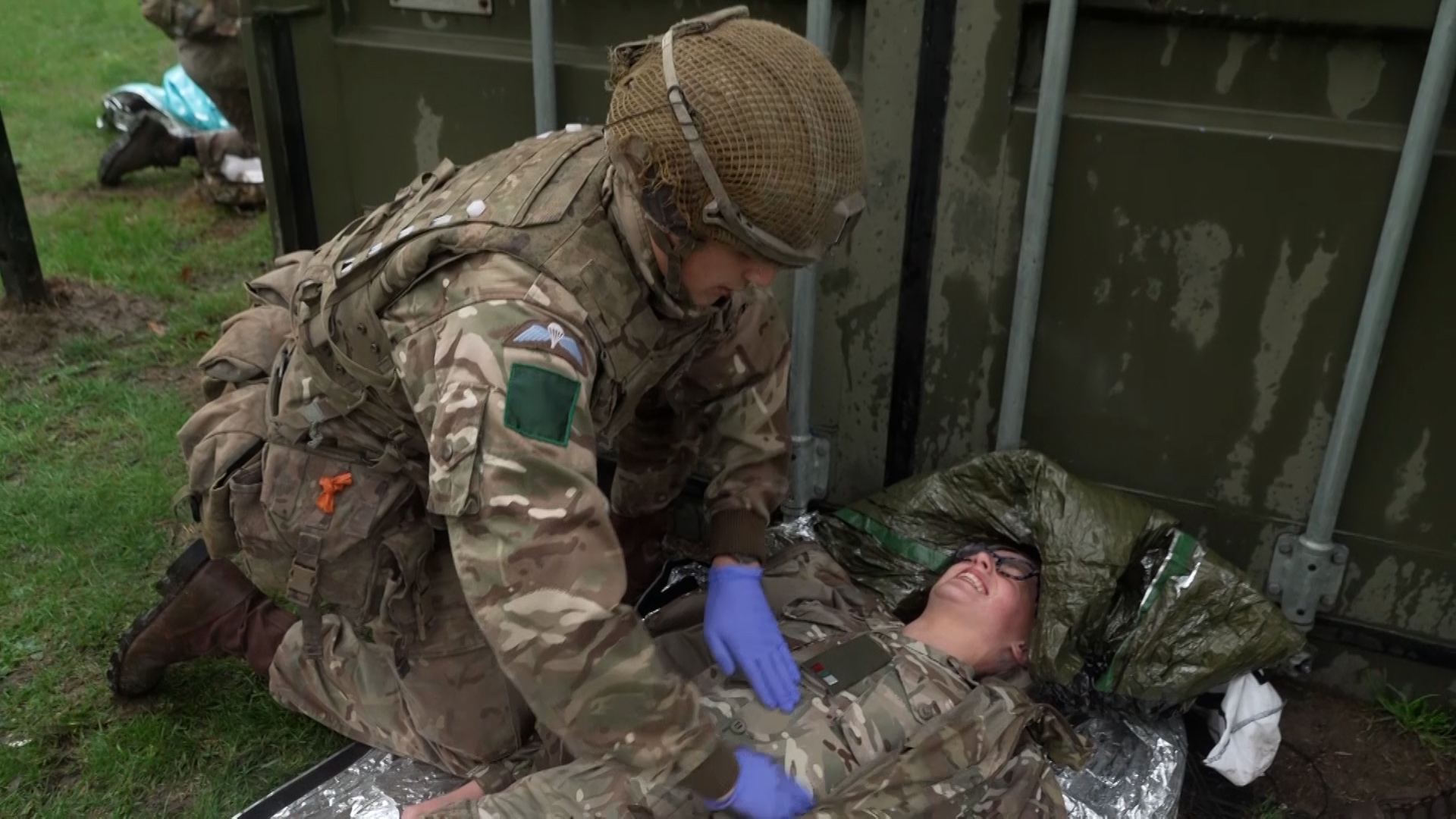
The training itself goes far beyond basic first aid. Soldiers learn skills previously limited to more advanced medical personnel, such as needle decompression – inserting a needle into the chest to relieve pressure on the lungs and heart.
These techniques allow them to stabilise casualties under the most difficult conditions.
The training course to become a Combat Life Saver lasts five days, twice the length of the previous Team Medic course.
At Merville Barracks in Colchester, home to 16 Medical Regiment, they've been using their 'jungle trainer' facility, where they can ramp up the heat, control lighting levels and pump out hot steam, to enable personnel to practise their new medical skills in less comfortable conditions.
The trainees have also been dealing with mass casualty scenarios on the barracks' sports pitches.
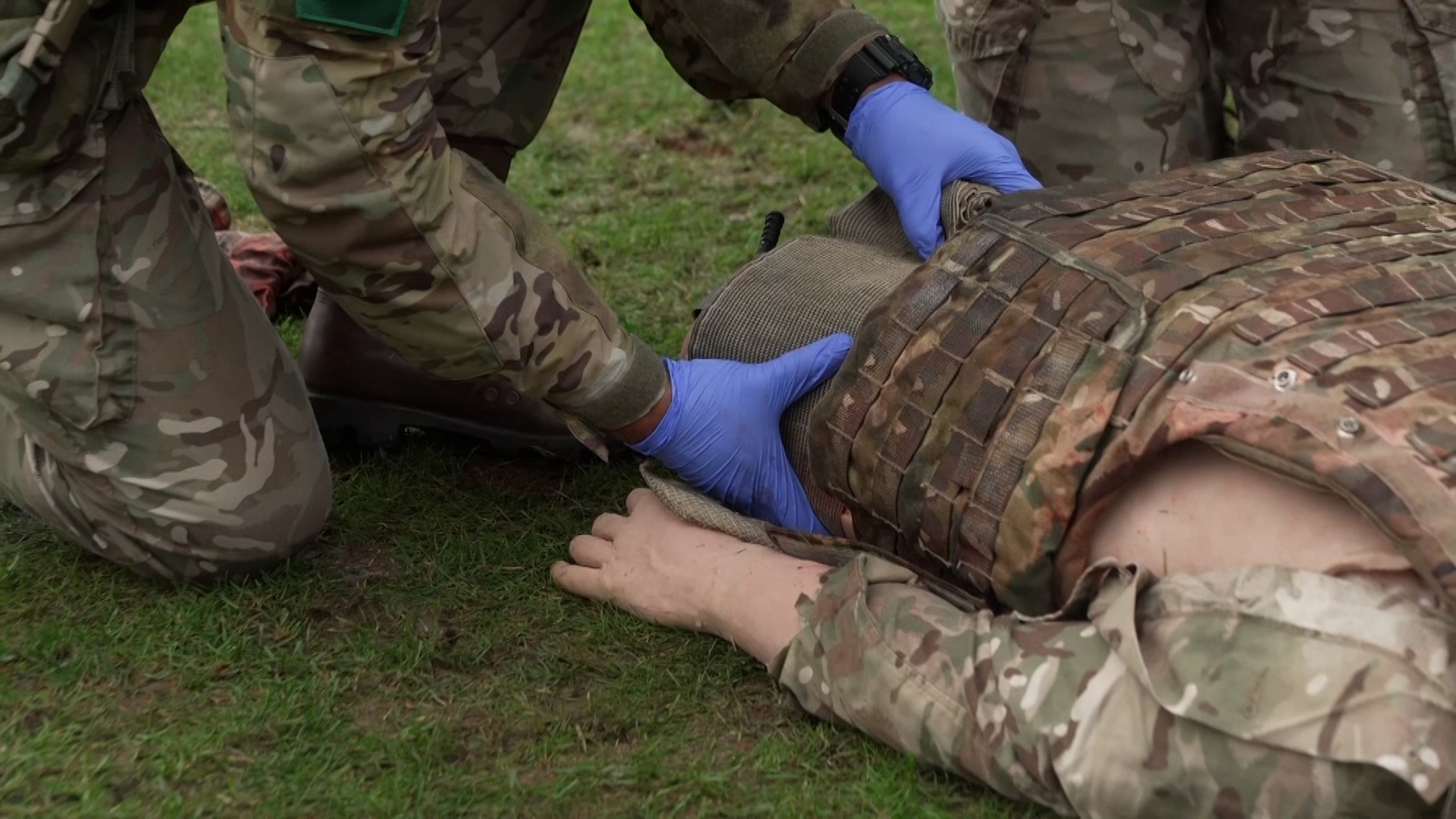
All-new acronyms
As part of the new system, personnel will also become familiar with updated medical acronyms.
Where Team Medics will be familiar with CABC (Catastrophic bleeding – Airway – Breathing – Circulation), now they must memorise MARCH PAWS:
Massive haemorrhage
Airway
Respiration
Circulation
Head-to-toe and hypothermia/head injuries
Pain
Antibiotics
Wounds
Splinting
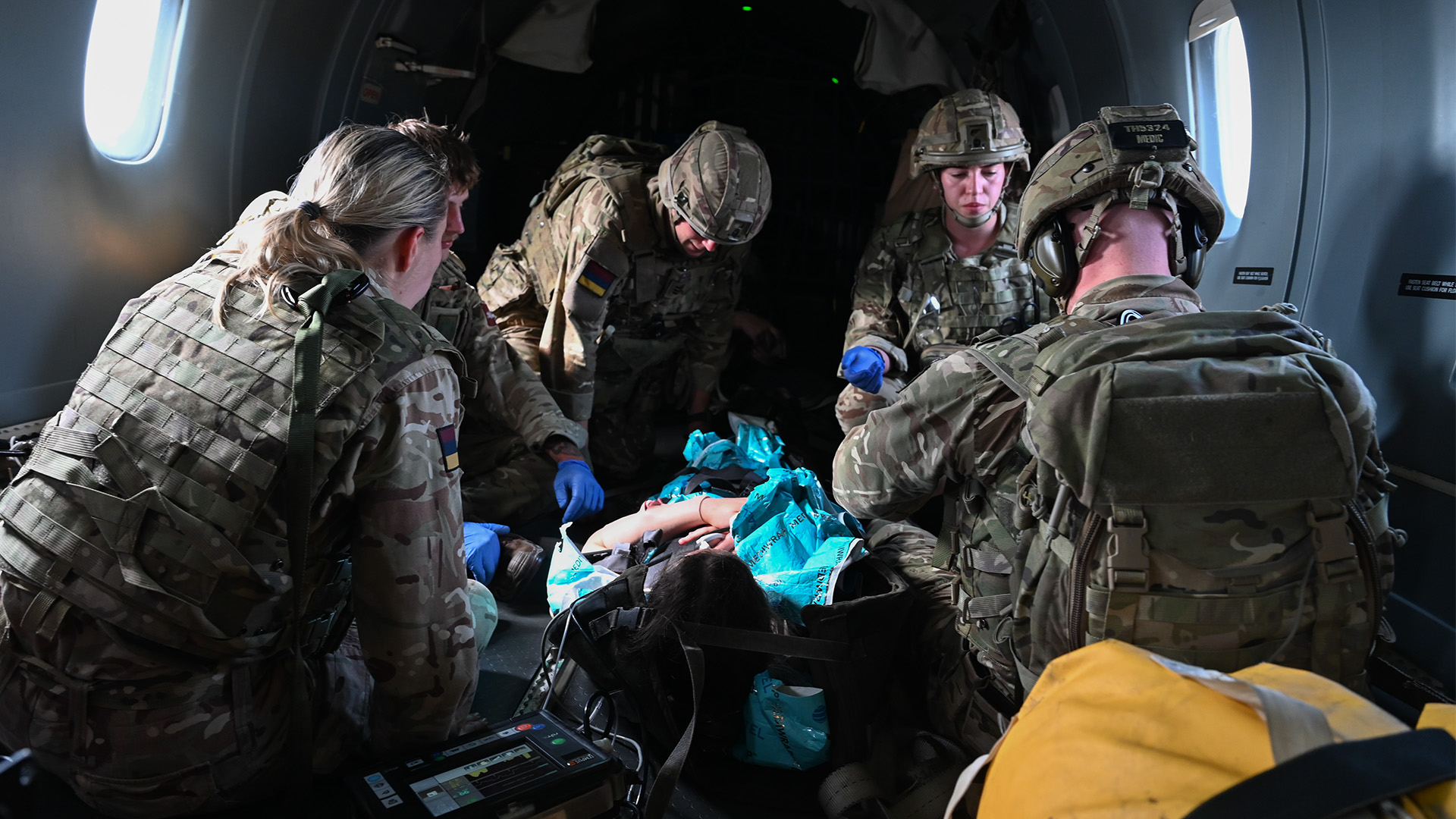
Rolling out across defence
16 Medical Regiment is spearheading the Combat Life Saver programme and has trained 450 soldiers so far under what's called Project Blackthorn.
It will be rolled out to the rest of the brigade and then extend across the whole Field Army.

